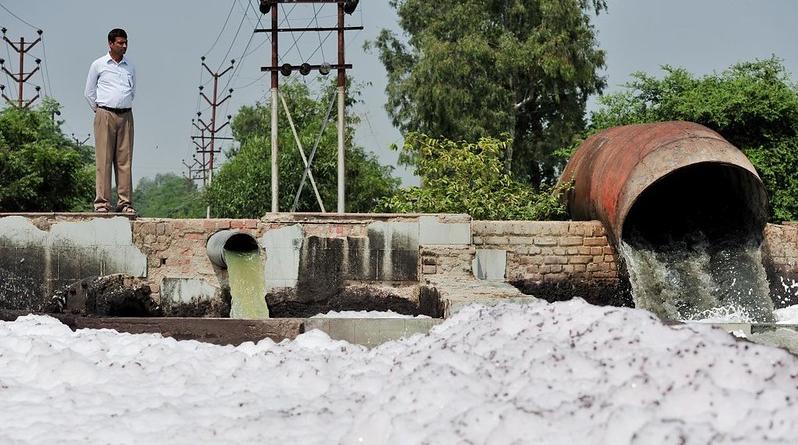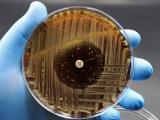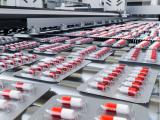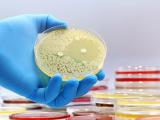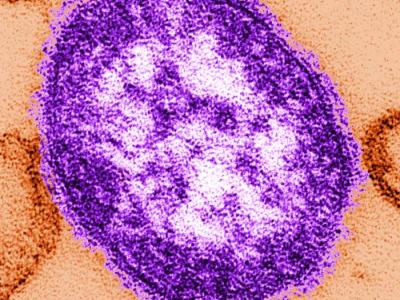Wastewater and wastewater treatment plants in Southeast Asia and the Western Pacific could be potential hotspots for antimicrobial resistance (AMR), according to a study published this week in The Lancet Planetary Health.
The study found that antibiotic residues were widely detected in various aquatic settings in countries like China and India. But the concentrations of antibiotics residues were highest in wastewater, the plants that treat wastewater, and the effluent from those treatment plants, researchers from Sweden's Karolinska Institutet found.
The potential of those residues to mix with bacteria and resistance genes and promote the emergence of resistant pathogens in those settings could pose potential human health risk, the study authors suggest.
Highest concentrations in wastewater, treatment plants
The fact that waterways around the world are contaminated with antibiotic residues is not a new finding. Pharmaceutical manufacturing facilities, hospitals, farms, and aquaculture have all been found to emit antibiotic residues into wastewater, river water, urban streams, lakes, and oceans. In addition, humans and animals excrete large amounts of unmetabolized antibiotics into sewage systems.
And while wastewater treatment plants can filter out a lot of contaminants, there is concern about how effective they are at filtering out antibiotic residues.
This is particularly true in the World Health Organization (WHO) Western Pacific Region (WPR) and South-East Asia Region (SEAR). These regions include China and India, two countries that consume massive amounts of antibiotics and are home to many of the world's antibiotic manufacturing facilities. In addition, regulations to reduce antibiotic residues in waterways in these regions are weak, the study authors note, and 80% to 90% of wastewater goes untreated.
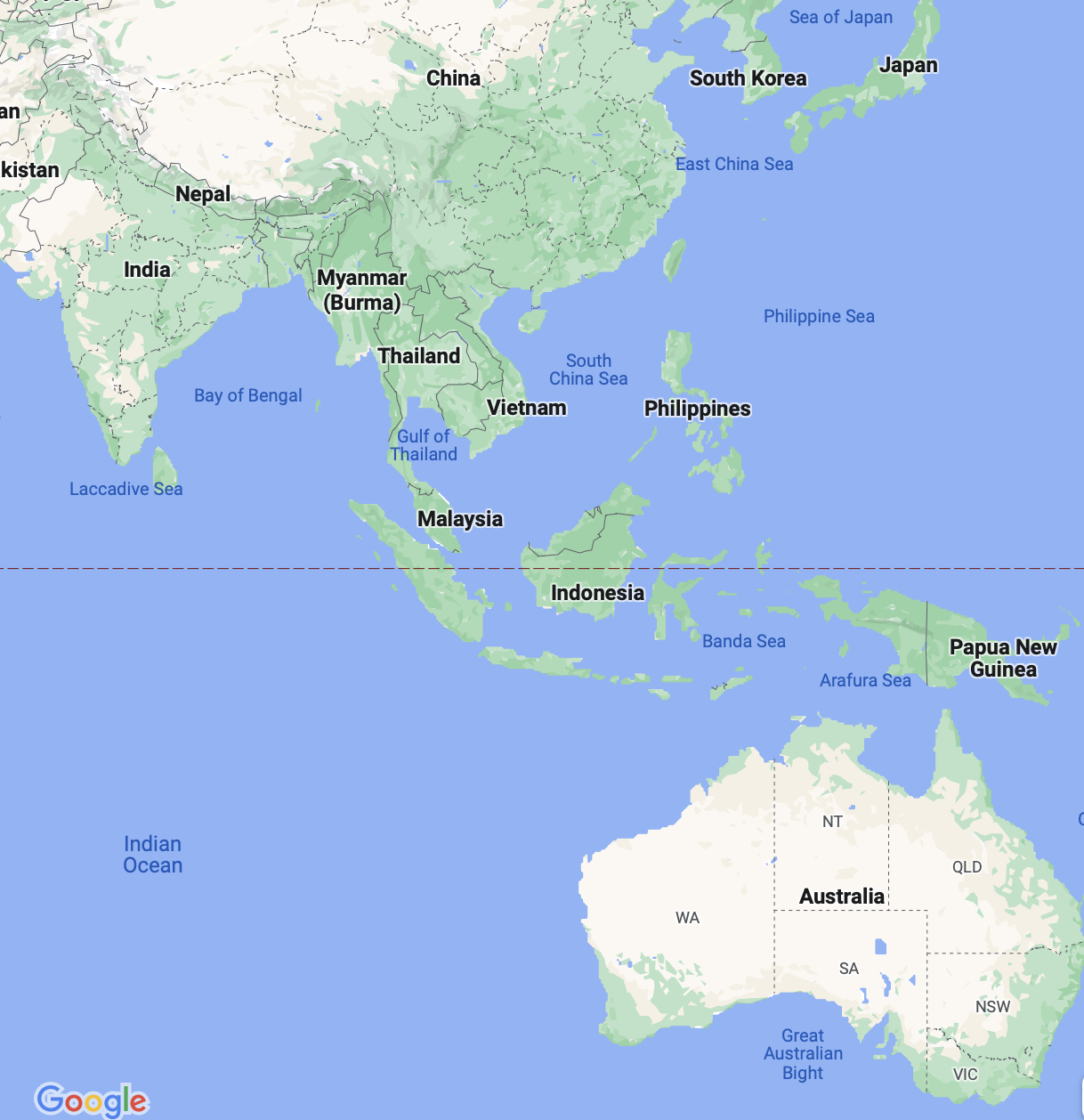
To investigate the levels of the antibiotic residues in the waterways of these regions, and assess what kind of environmental and public health hazards they pose, the researchers conducted a systematic review of studies that measured antibiotic concentrations in various aquatic environments in the two regions. They also assessed whether the concentrations of antibiotics were high enough to select for resistance.
"The examination of antibiotic concentrations in aquatic environments in which resistance might develop is crucial to defining the risks to the environment and to public health, and to inform effective remedial actions," they wrote.
The review found 240 relevant studies published from 2006 to 2019, most of which were from China (168) and India (15). Those studies found 92 antibiotics used in human and veterinary medicine in various aquatic compartments—including river water, lake water, sea water, wastewater, and influent and effluent of wastewater treatment plants—in the WPR, and 45 antibiotics in aquatic compartments of the SEAR. Fluoroquinolones, macrolides, tetracyclines, beta-lactams, lincosamides, sulfonamides, amphenicols, glycopeptides, and aminoglycosides were among the antibiotics detected.
Wastewater and wastewater treatment plants appeared to serve as the main sources for the development of antibiotic resistance in these regions
The studies also indicated that antibiotic residues that most likely exceeded predicted no-effect concentrations (PNECs)—the level considered safe for development of resistance—were observed in wastewater and influents of wastewater treatment plants in the WPR, SEAR, China, and India.
In the various aquatic compartments that receive water from wastewater treatment plants (ie, river water, lake water, drinking water), the highest levels of antibiotic residues—and the highest likelihood of levels exceeding PNECs—were observed for the antibiotic ciprofloxacin in tap or drinking water in China and the WPR.
"Wastewater and wastewater treatment plants appeared to serve as the main sources for the development of antibiotic resistance in these regions," the authors wrote.
Major reservoirs of resistance
The role played by wastewater treatment plans is critical, the authors explain, because they are a "unique interface between humans and environments" where antibiotic residues present in wastewater mix with a diverse array of bacteria, including pathogenic bacteria that carry AMR genes. The antibiotic residues, combined with other factors, can create a selective pressure that facilitates the sharing of AMR genes and resistance mechanisms through horizontal transfer.
Furthermore, the findings also provide further evidence that wastewater treatment plants do not completely remove antibiotic residues from treated water. Previous studies have found that they don't remove all resistance genes, either.
"Thus, wastewater and wastewater treatment plants serve as major reservoirs of antibiotic residues, antibiotic resistance, and as the main sources of the selection and dissemination of antibiotic resistance," they wrote.
While overuse of antibiotics in human and veterinary medicine are considered the major drivers of AMR, the environmental dimension of AMR, and the role of antimicrobial pollution in spreading resistant pathogens, has become a growing area of concern for the WHO and other global health bodies. In 2022, the Global Leaders Group on AMR called on countries to improve the management of antimicrobial discharges into the environment from manufacturing sites, farms, hospitals, and other sources.
"Reducing the amount of antimicrobial pollution entering the environment is crucial to conserving the effectiveness of antimicrobial medicines," the group said in a March 2022 press release.
But to date, the data on how much antimicrobial pollution there is in water and soil, and what impact it may have on human health, has been limited. Among the concerns is that exposure to antibiotics in drinking water, for example, could disrupt the human microbiome and result in short- and long-term health problems.
The study authors say they believe their findings can help prioritize future areas of research. They also hope they will be used by policy makers in the WPR and SEAR to take steps to monitor and control antibiotic residues in water.
"Our results can help decision-makers to target risk reduction measures against environmental residues of priority antibiotics and in high-risk sites, to protect human health and the environment," study author Nada Hanna, PhD, researcher at the Department of Global Public Health at Karolinska Institutet, said in a press release. "Allocating these resources efficiently is especially vital for resource-poor countries that produce large amounts of antibiotics."
